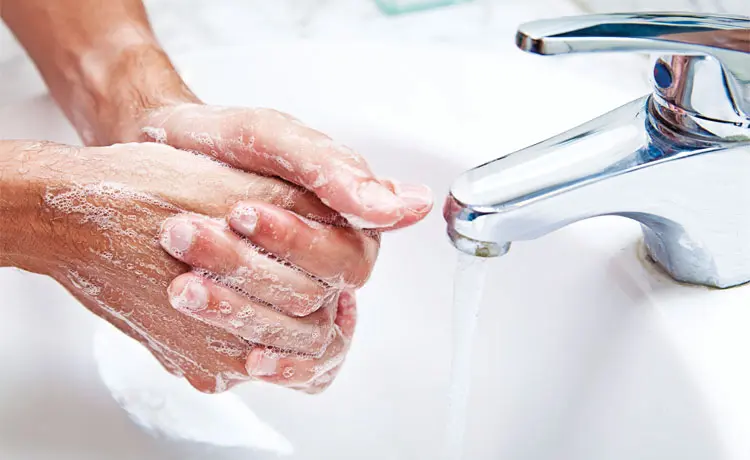Your community knows how to avoid the common cold – after all, being around someone who is congested is a great incentive to wash your hands often and be more careful. But are the people in your community aware of how to protect themselves against emerging infectious diseases (EIDs)? Read on to learn about EIDs and share the tips with your community to help prevent illness.
The Basics Broken Down
Infectious diseases are illnesses caused by bacteria, viruses and fungi that enter the body, multiply and cause infection. Infectious diseases can be spread:
- From one person to another.
- By bacteria carried in air, water, food or soil.
- Through insect bites or by animals.
Emerging infectious diseases refer to infections that have increased recently or are threatening to increase in the near future. These infections could be:
- Completely new (e.g., Bourbon virus or Middle East Respiratory Syndrome [MERS]).
- New to an area (e.g., chikungunya in Florida).
- Reappearing in an area (e.g., dengue in south Florida and Texas).
- Caused by bacteria that have become resistant to antibiotics (e.g., methicillin-resistant Staphylococcus aureus [MRSA], C. difficile or drug-resistant tuberculosis).
Some EIDs that have increased in humans in the last 20 years include Zika virus, malaria, MRSA, MERS, West Nile Virus, C. difficile, ebola, chikungunya virus, dengue and tuberculosis, to name a few.
Stop the Spread
Self-care measures to prevent illness not only help you, but also the rest of your community – less sick people means less germs to be spread, which means a healthier community.
Helpful Reminders and Tips to Follow
- Avoid close contact with people who are sick. When you are sick, keep your distance from others to protect them from getting sick too.
- Cover your mouth and nose with a tissue when you cough or sneeze. If you don’t have a tissue, cough or sneeze into your inner elbow, not your hands.
- Wash your hands often. Clean your hands after you cough or sneeze. Wash with soap and warm water (for at least 20 seconds) or clean with an alcohol-based hand sanitizer.
- Avoid touching your eyes, nose and mouth. Bacteria are often spread when a person touches something that is contaminated and then touches his or her eyes, nose or mouth.
- Get vaccinated. Some diseases are preventable through vaccination. According to the Centers for Disease Control and Prevention (CDC), If we stopped vaccinating, there would be epidemics of diseases that are nearly under control today.
Beware of the Bite
Avoiding mosquito and tick bites is another key part of preventing illness.
For mosquito bite prevention:
- Use insect repellent. Use an Environmental Protection Agency (EPA)-registered insect repellent. Always follow label instructions.
- If you have a baby or child, dress your child in clothing that covers his or her arms and legs, or cover the crib, stroller and baby carrier with mosquito netting. Do not apply insect repellent on babies younger than two months old.
- Treat clothing and gear. Treat items such as boots, pants, socks and tents with permethrin or purchase permethrin-treated clothing and gear.
- Mosquito-proof your home. Use screens on windows and doors. Also, use air-conditioning when available.
- Use bed nets. Bed nets are one of the most effective means of mosquito bite prevention in tropical and subtropical countries. See if your destination has any travel alerts or recommendations.
Learn more about mosquito bite prevention on the CDC website.
For tick bite prevention:
- Avoid direct contact with ticks. Avoid wooded and brushy areas with high grass and leaf litter, and always walk in the center of trails.
- Repel ticks with DEET or permethrin. Use repellents on exposed skin and clothing for protection that lasts for several hours. Use products that contain permethrin on clothing.
- Find and remove ticks from your body. Bathe or shower as soon as possible after coming indoors. Also, conduct a full-body tick check using a handheld or full-length mirror to view all parts of your body.
- Examine gear and pets. Ticks can be carried into the home on clothing and pets, and attach to a person later
For more tips on preventing tick bites, visit the CDC website.
For more information on products available to purchase for your community, browse the QuickSeries® library of guides, including Emerging Infectious Diseases: Threats & Outbreaks, Public Health Preparedness and Preparing for Influenza.
